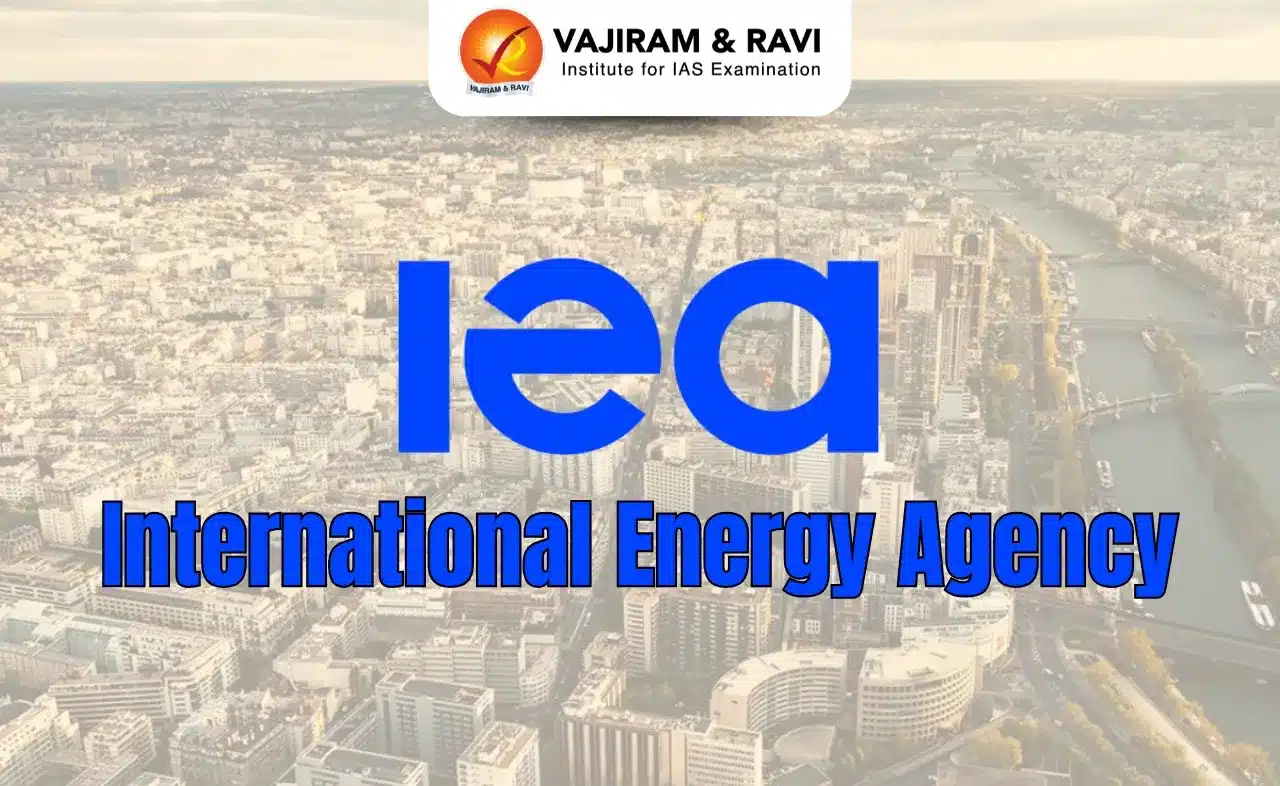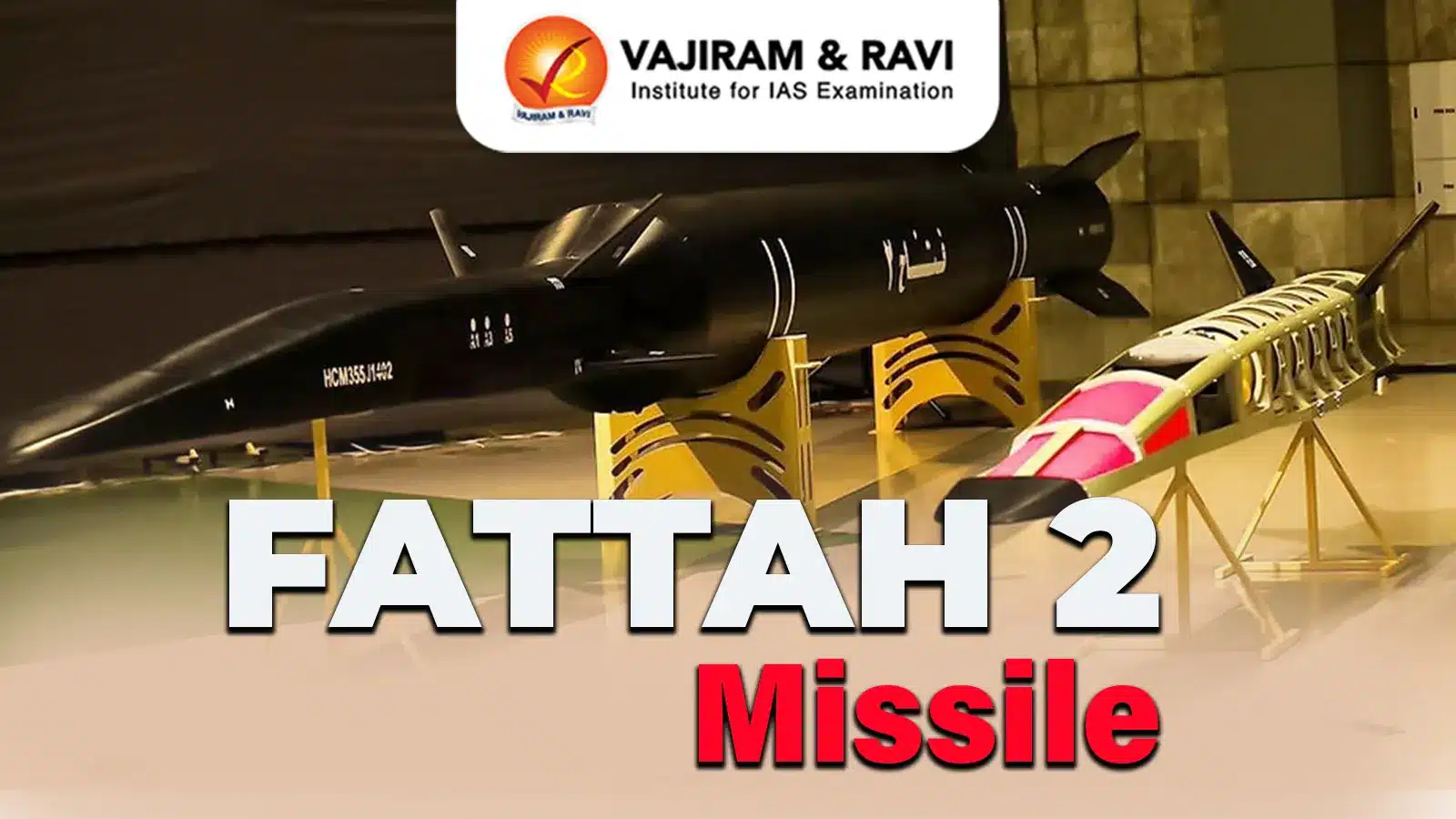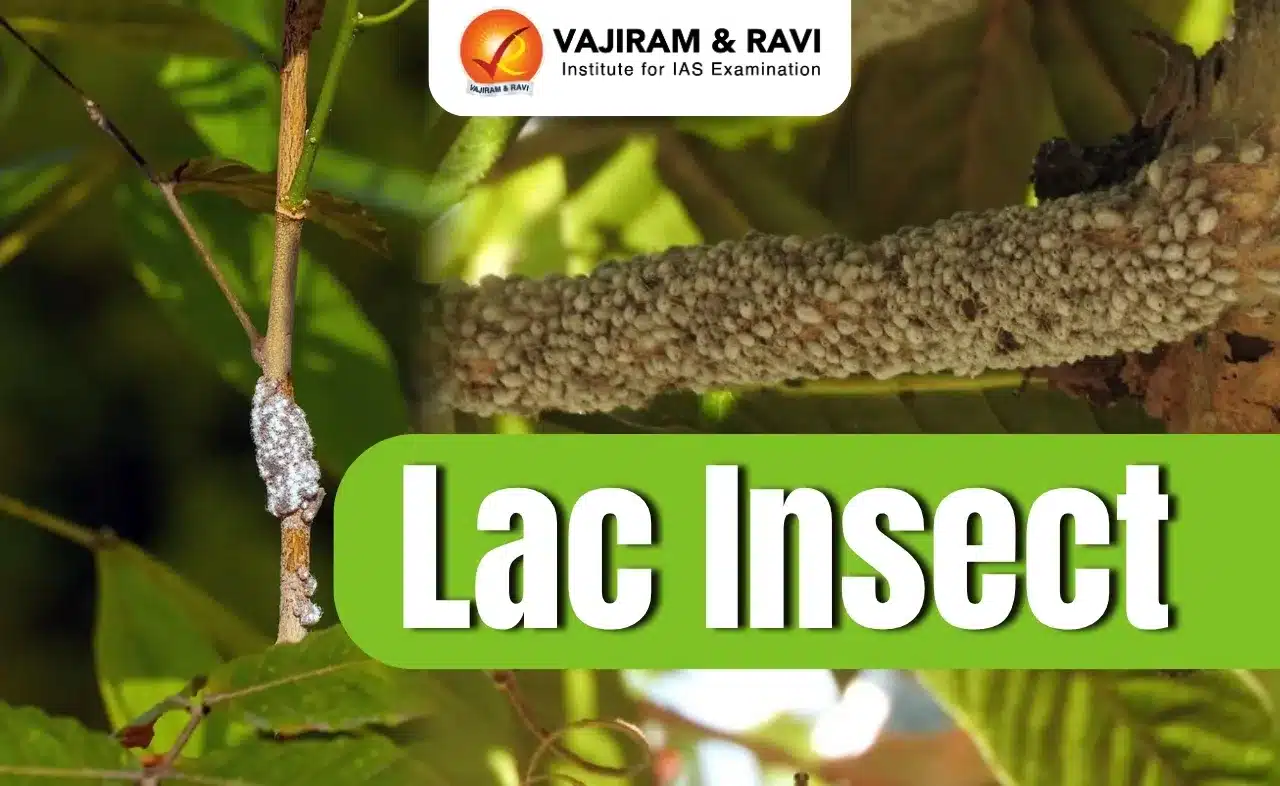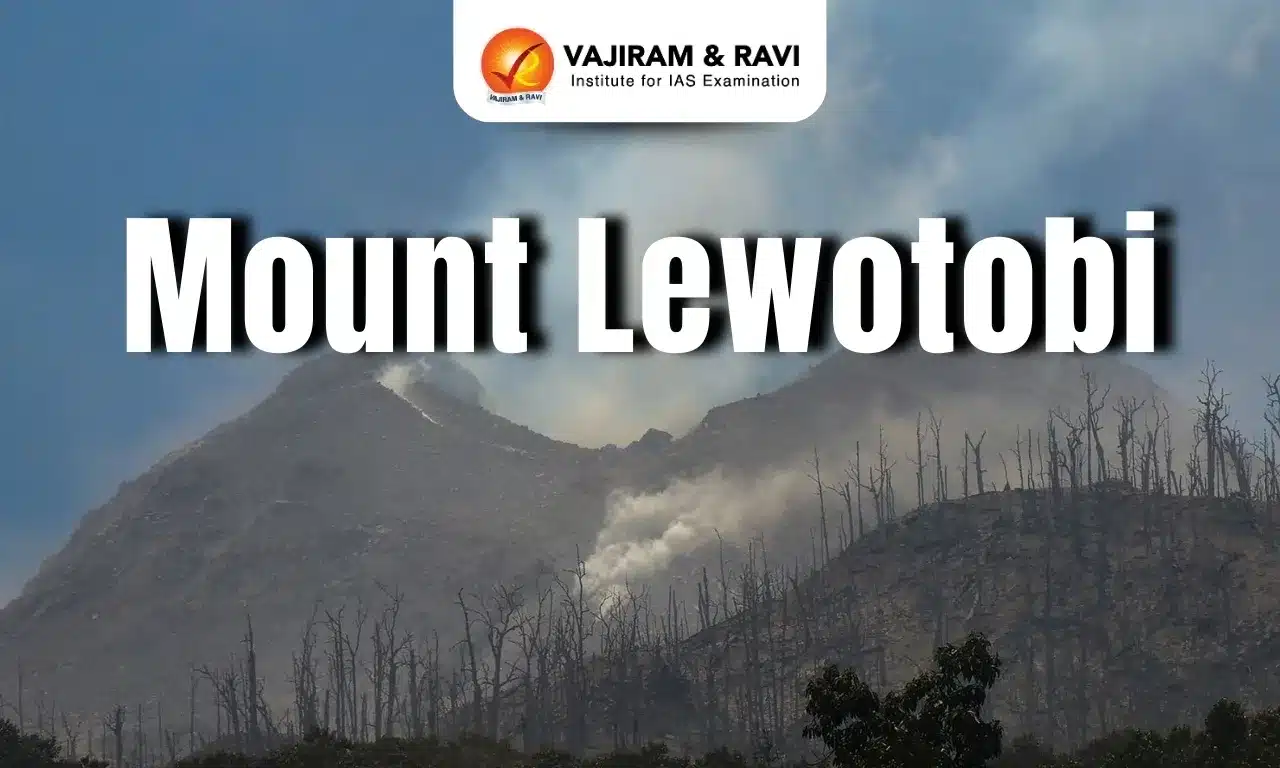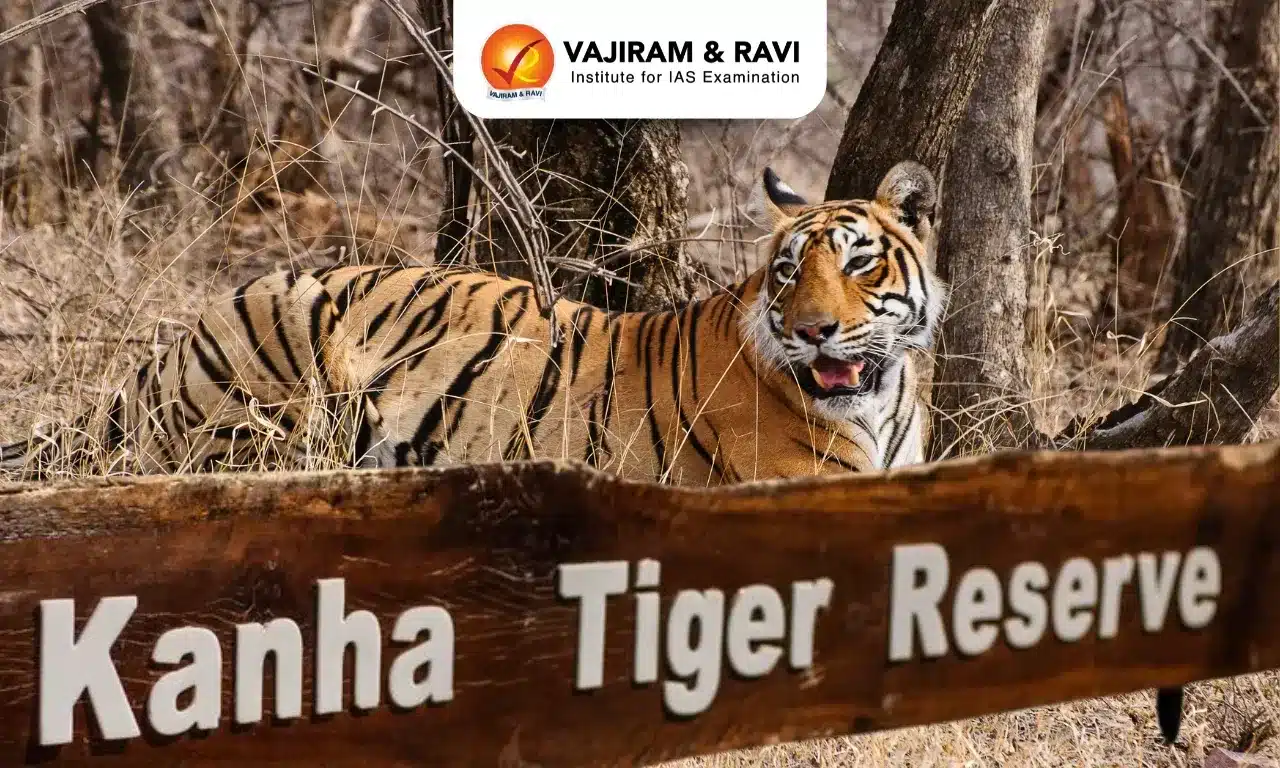International Energy Agency Latest News
India, the world's third-largest oil-consuming and importing nation, will lead global oil demand growth by a large margin, adding a steep 1 million barrels per day by 2030, the International Energy Agency (IEA) said recently.
About International Energy Agency
- It is an autonomous intergovernmental organisation established in 1974 within the framework of the Organisation for Economic Co-operation and Development (OECD).
- It is based in Paris, France.
- It was created in 1974 to help coordinate a collective response to major disruptions in the supply of oil.
- While oil security remains a key aspect of their work, the IEA has evolved and expanded significantly since its foundation.
- The IEA has four main areas of focus: energy security, economic development, environmental awareness, and engagement worldwide.
- Taking an all-fuels, all-technology approach, the IEA recommends policies that enhance the reliability, affordability, and sustainability of energy.
- It examines the full spectrum issues, including renewables, oil, gas and coal supply and demand, energy efficiency, clean energy technologies, electricity systems and markets, access to energy, demand-side management, and much more.
- One of the flagship programs of the IEA has been the International Energy Program, according to which its members agree to withhold large stocks of oil in order to respond to any future unforeseen disruption in the oil supply.
- Membership:
- The IEA is made up of 32 member countries.
- It also includes thirteen Association countries, including India and China.
- Criteria for Membership: A candidate country to the IEA must be a member country of the OECD. In addition, it must demonstrate several requirements. These are:
- Crude oil and/or product reserves equivalent to 90 days of the previous year’s net imports, to which the government has immediate access (even if it does not own them directly) and could be used to address disruptions to global oil supply;
- A demand restraint programme to reduce national oil consumption by up to 10%;
- Legislation and organisation to operate the Coordinated Emergency Response Measures (CERM) on a national basis;
- Legislation and measures to ensure that all oil companies under its jurisdiction report information upon request;
- Measures in place to ensure the capability of contributing its share of an IEA collective action.
- Funding: IEA is funded by its member countries and voluntarily by non-member countries and stakeholders such as energy companies and private donations.
- Reports published by IEA: World Energy Outlook, World Energy Balances, Energy Technology Perspectives, World Energy Statistics, and Net Zero by 2050.
Source: ET
International Energy Agency FAQs
Q1: When was the International Energy Agency (IEA) established?
Ans: It was created in 1974 to help coordinate a collective response to major disruptions in the supply of oil.
Q2: Where is the headquarter of IEA?
Ans: Paris, France
Q3: Is India member of International Energy Agency?
Ans: India is not a full member of the International Energy Agency (IEA), but it is an associate country.
Q4: A country must be a member of which organisation to become a full member of the IEA?
Ans: OECD

